Isola della CertosaBioGroundsFor a new environmental awareness
the exhibition’s closing has been extended to Sunday 21 January 2024
Isola della Certosa – Venice
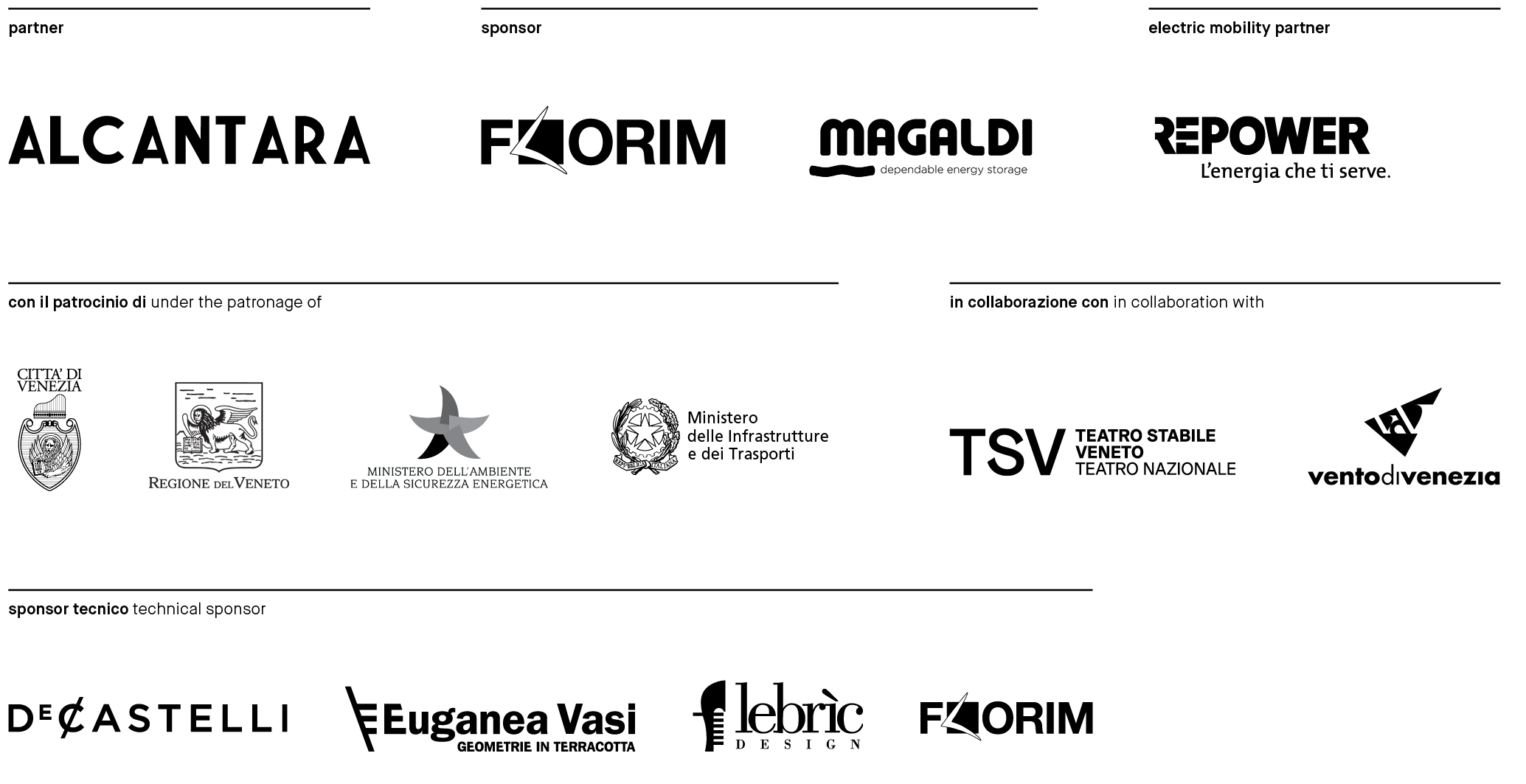
single ticket valid until 17 April, for all ongoing exhibitions, due to the refurbishment of 2 galleries
– for young people aged between 18 and 25 (not yet turned 25);
– for groups of 15 people or more;
– La Galleria Nazionale, Museo Ebraico di Roma ticket holders;
– upon presentation of ID card or badge: Accademia Costume & Moda, Accademia Fotografica, Biblioteche di Roma, Centro Sperimentale di Cinematografia, Enel (for badge holder and accompanying person), FAI Fondo Ambiente Italiano, Feltrinelli, Gruppo FS, IN/ARCH Istituto Nazionale di Architettura, Sapienza Università di Roma, LAZIOcrea, Palazzo delle Esposizioni, Amici di Palazzo Strozzi, Accademia Nazionale di Santa Cecilia, Scuola Internazionale di Comics, Teatro Olimpico, Teatro dell’Opera di Roma, Teatro di Roma, Università degli Studi di Roma Tor Vergata, Youthcard;
– upon presenting at the ticket office a Trenitalia ticket to Rome purchased between 27 November 2024 and 21 April 2025
valid for one year from the date of purchase
– minors under 18 years of age;
– myMAXXI cardholders;
– on your birthday presenting an identity document;
– upon presentation of EU Disability Card holders and or accompanying letter from hosting association/institution for: people with disabilities and accompanying person, people on the autistic spectrum and accompanying person, deaf people, people with cognitive disabilities and complex communication needs and their caregivers, people with serious illnesses and their caregivers, guests of first aid and anti-violence centres and accompanying operators, residents of therapeutic communities and accompanying operators;
– MiC employees;
– journalists who can prove their business activity;
– European Union tour guides and tour guides, licensed (ref. Circular n.20/2016 DG-Museums);
– 1 teacher for every 10 students;
– AMACI members;
– CIMAM International Committee for Museums and Collections of Modern Art members;
– ICOM members;
– from Tuesday to Friday (excluding holidays) European Union students and university researchers in art history and architecture, public fine arts academies (AFAM registered) students and Temple University Rome Campus students;
– IED Istituto Europeo di Design professors, NABA Nuova Accademia di Belle Arti professors, RUFA Rome University of Fine Arts professors;
– upon presentation of ID card or badge: Collezione Peggy Guggenheim a Venezia, Castello di Rivoli Museo d’Arte Contemporanea, Sotheby’s Preferred, MEP – Maison Européenne de la Photographie;
for groups of 12 people in the same tour; myMAXXI membership card-holders; registered journalists with valid ID
under 14 years of age
disabled people + possible accompanying person; minors under 3 years of age (ticket not required)
MAXXI’s Collection of Art and Architecture represents the founding element of the museum and defines its identity. Since October 2015, it has been on display with different arrangements of works.

the exhibition’s closing has been extended to Sunday 21 January 2024
Isola della Certosa – Venice

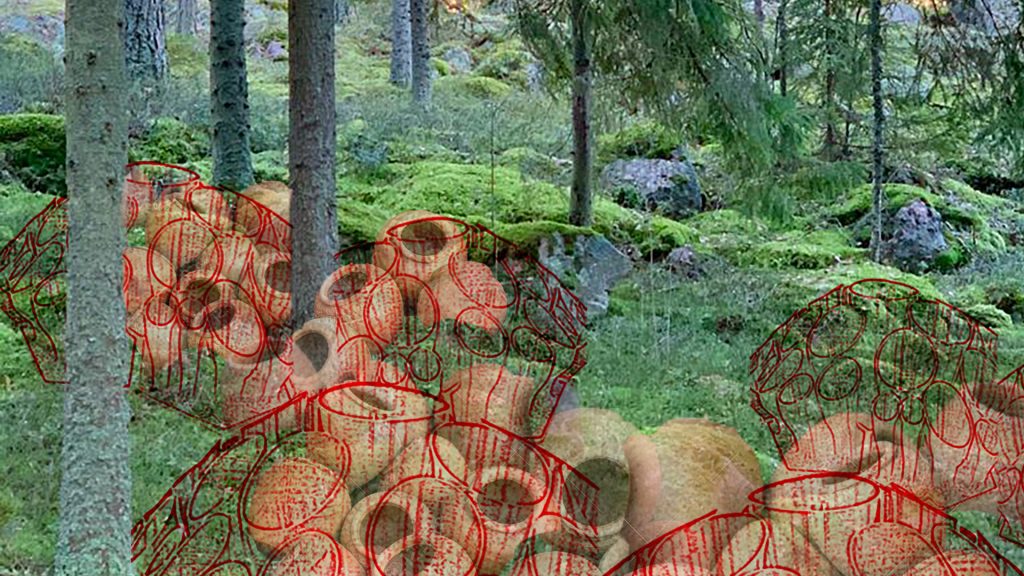
The terracotta pot is the first “home” created by man for a plant: this is were it germinates in the nursery and how it is transported to be planted. The pot, moreover, is one of the first artifacts of human history, present in all cultures of the world, a true archetype of human dwelling. Its circular shape recalls the cyclicity of nature itself, from the motion of the planets to animal conglomerations. In this project, a multitude of terracotta pots return to nature, going back to being vessels for plants and animals that will colonize them over time, spontaneously. Placing the pot back into nature, it returns to being a gestational womb, refuge, protection. The project develops on an amphibious area – woodland and lagoon – and is composed of stoneware pots and elements on which phrases are engraved, which for humans are readable as information referring to the environment, while for animals they will function as openings to transform the pots themselves into burrows.
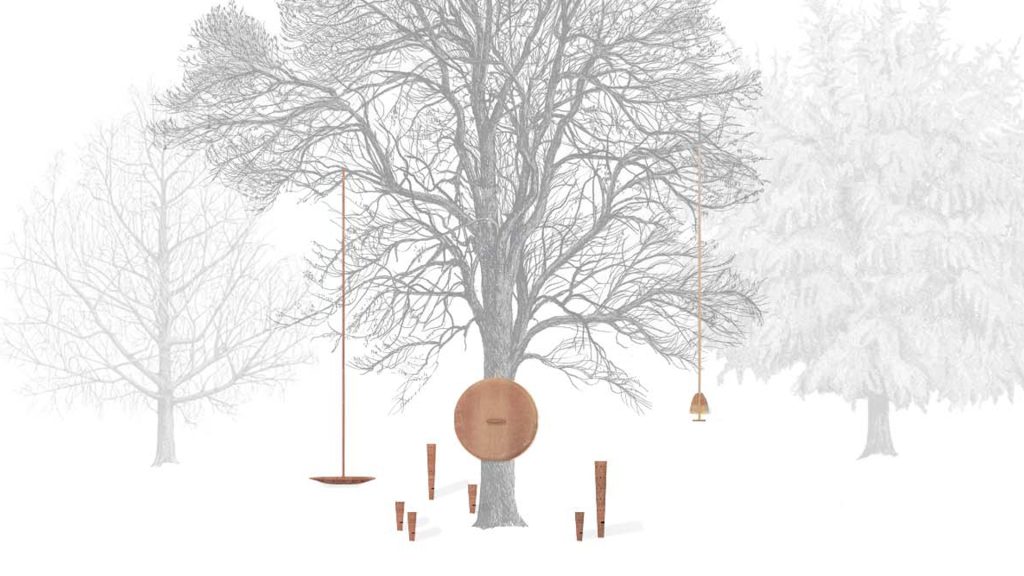
Trees are living organisms and not a mere supply of wood. A forest is not a crop, not comparable with intensive farming whose purpose is the exploitation of natural resources by man. It is a vital whole. To make this evident, the authors have chosen to literally give voice to a tree, through what they call a “Disney-like” operation, that is, translating the presence of this life into words. Instructions for use: Some metal devices have been placed directly on the trunk, branches and base of the tree and can hold a smartphone. Visitors can download, through a QRcode, a file that contains a voice, that of the tree telling about its condition. The devices’ function is that of amplifying the sound of the voice, acting as sounding boards.
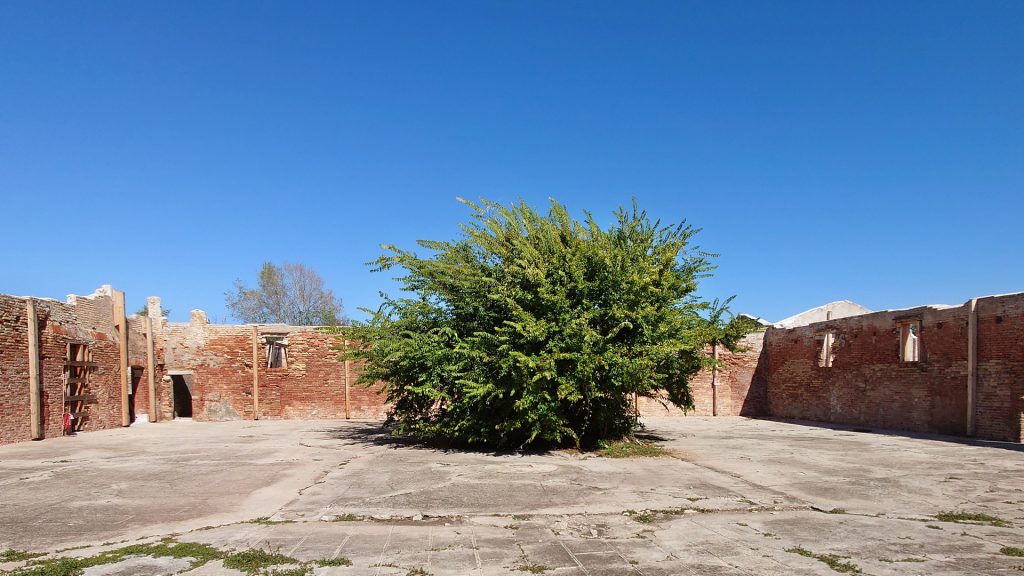
The project is located in the ruins of the cloister of the ancient monastery of La Certosa and its protagonist is a tree, a nettle tree, which has sprouted spontaneously thanks to the residual waters of the well that once served the structure. This tree species is locally called “stonebreaker” for its prerogative to make its way even through the hard surface of roads and architectures imposed by man on nature. Its essence is therefore that of a resistant being, which survives the most hostile conditions: both those directly created by man with his artifacts, and the climatic ones caused by his actions. A series of performances will pay tribute to this tree that has given rise to some kind of myth due to its resistance skills. We are invited to sit, observe and listen to this symbol of natural resistance, with the attention we usually give to man-made works of art.
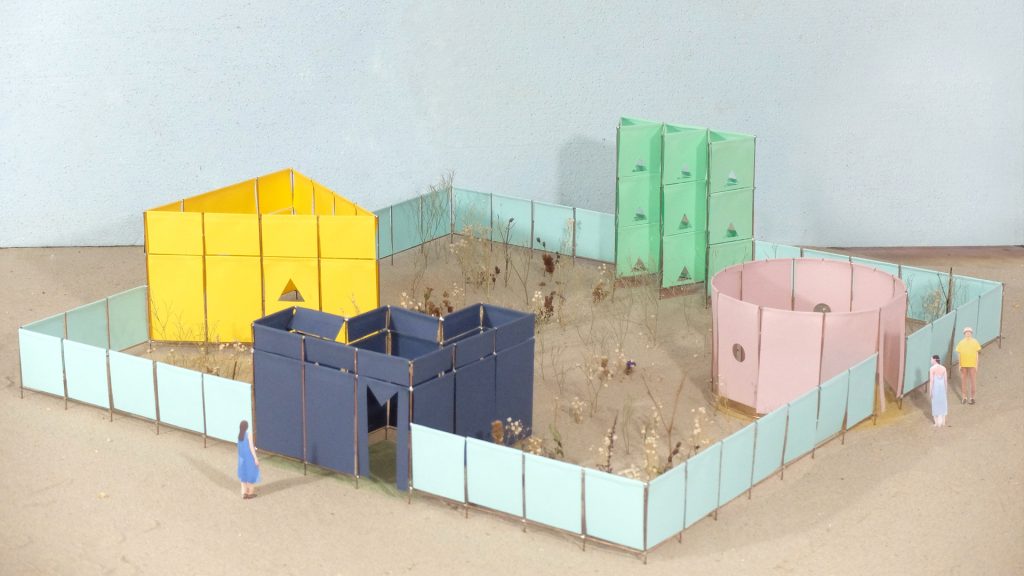
The act of cultivating is the first action that man performs on nature modifying it to his own advantage; but it is also the beginning of an artificial process based on a plan whose object is the natural element. The history of this island has seen the presence of a number of monasteries, as testified by the remains of the central cloister of La Certosa, as well as of an ancient hortus conclusus, the protected space that was the heart of the monks’ lives, where vegetables were grown as a source of nourishment. Starting from this, Studio Ossidiana has imagined an enclosure that establishes a limit, a threshold partly to be crossed and partly not to be crossed. As in an ancient seedbed, the arable land is protected within a structure made of Alcantara, which fulfills the primordial function of protection. Thus this contemporary material, used for the first time in the world of Design in its special recycled version, safeguards and protects a nature cultivated by man.
Four installations created through an unconventional dialogue between artists, architects, designers, philosophers and botanists to tell the story of a place and its nature.
Andrea Anastasio with Angela Rui, Bêka&Lemoine with Stefano Mancuso and Studio Formafantasma with Emanuele Coccia.
For the occasion, the Alcantara-MAXXI Project also moved to Venice with the installation by Studio Ossidiana until 20 June 2023.
We are no longer allowed to be passive regarding the natural conditions surrounding us. The knowledge we can no longer afford to evade today is the environmental context we live in, and BioGrounds is a project that aims to activate this knowledge.
The idea was born from the union between environmental life (Bio) and the assonance with the term playground (Grounds), entrusting contemporary designers to create installations, devices and performances capable of telling the public the story of a place and its nature, involving visitors through actions and interventions.
The BioGrounds are conceived by designers – architects, artists, designers – in dialogue with theorists who are experts in ecological issues – philosophers, botanists, critics – and the optimal place for their realisation is the Island of Certosa in Venice, given its significant biodiversity. The works are designed to transform, live and grow old in the environment, as happens to every element marked by the passage of time. Observing their change is an integral part of active public enjoyment.
Invasi. Andrea Anastasio with Angela Rui
Populus Alba. Studio Formafantasma with Emanuele Coccia
Spaccasassi. Beka & Lemoine with Stefano Mancuso
Seed bed. Studio Ossidiana | Alcantara-MAXXI project